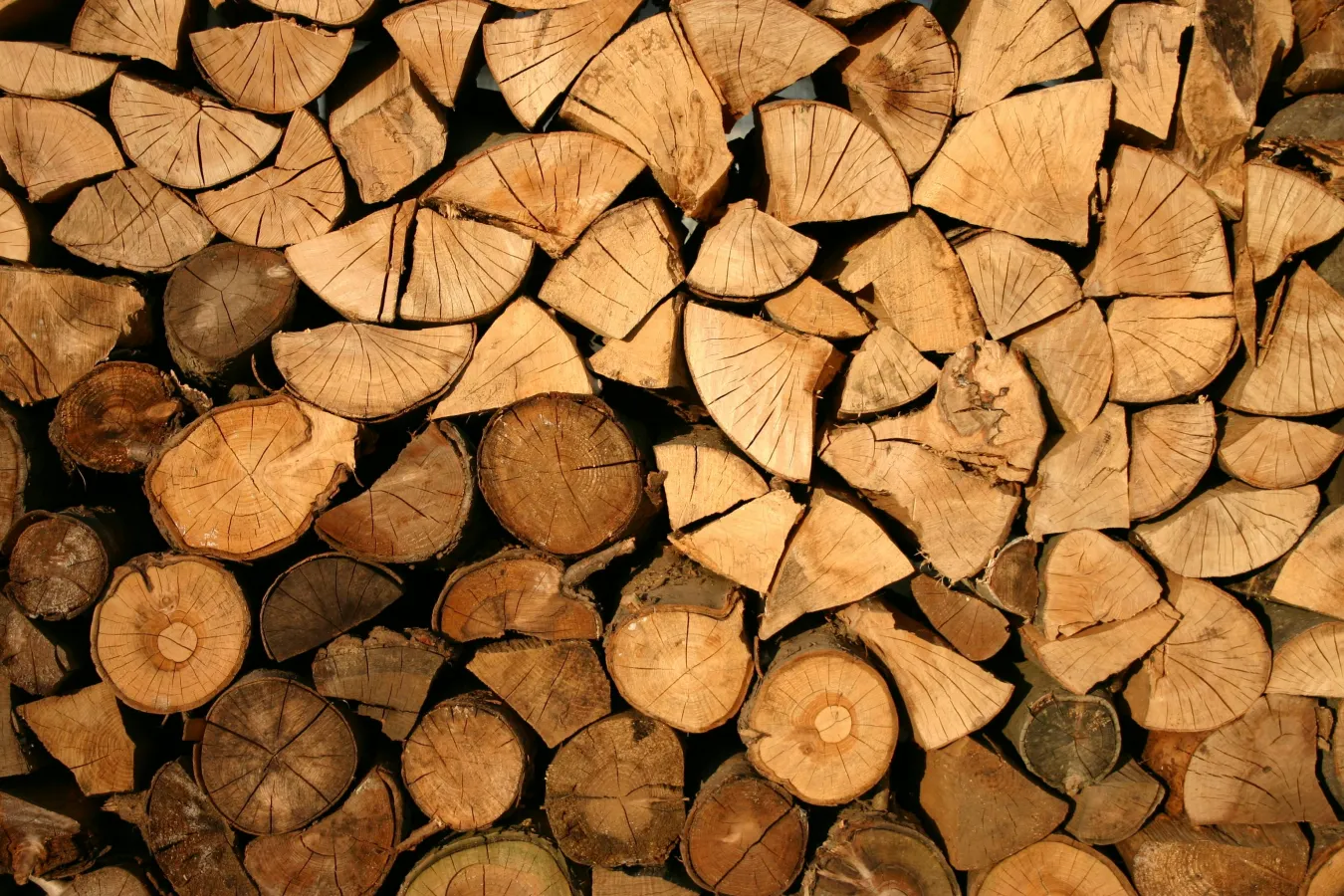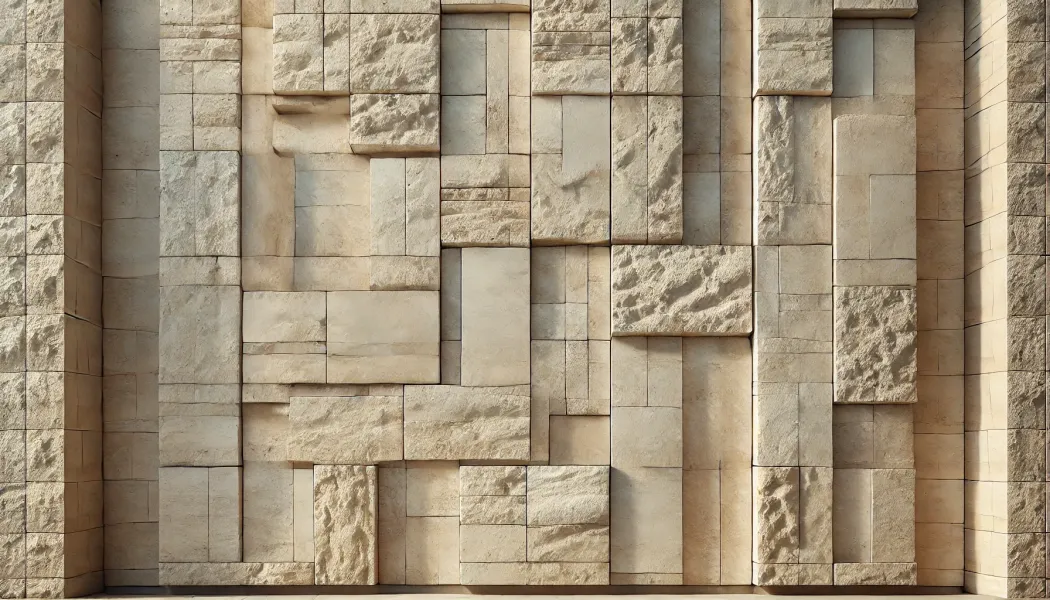Wood is one of the first building materials mastered by mankind at the dawn of modern civilization. Due to the simplicity of processing, relatively high durability and flexibility of application, wood is widely used not only in construction, but also in furniture production, as well as in the manufacture of tools, household items and many other products.
All types of wood demonstrate different performance characteristics and have both advantages and disadvantages. Currently, wood is used in large quantities in the construction of small buildings and in the manufacture of furniture. Despite the fact that the types of wood and their properties have already been well studied, new types of wood processing continue to appear in modern industry. The woodworking industry uses a wide variety of methods of influencing raw materials: mechanical, chemical, thermal and others.
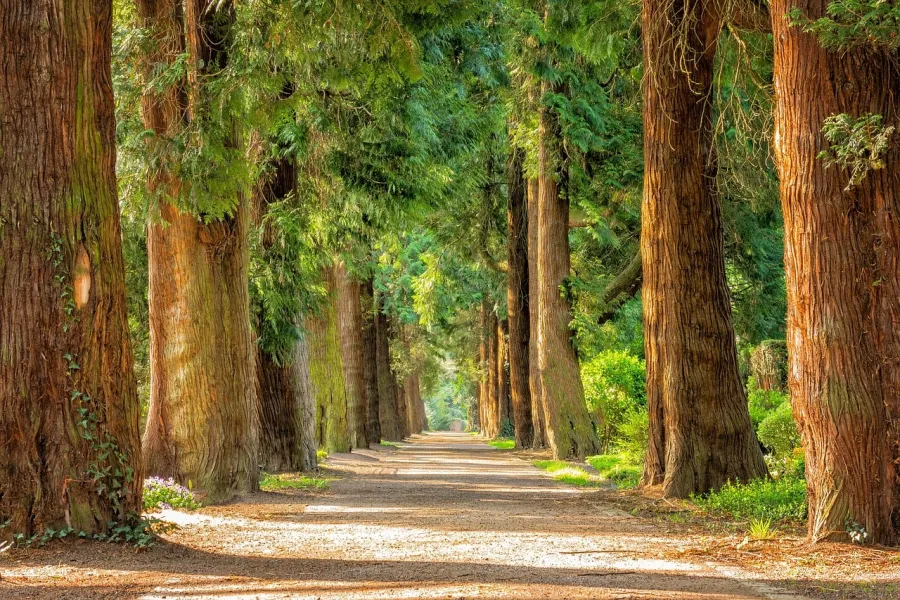
Approximately 75-90% of the total weight of the tree falls on its trunk, from which lumber is made. The internal structure of the trunk is usually divided into two main parts: the core located in the center and the outer mass of wood – sapwood. In most cases, the core and sapwood of the same tree species may differ in color, strength and other characteristics.
Mechanical properties of wood
The mechanical properties of wood determine the scope of its application and are evaluated according to the following indicators:
- The strength of wood is a property that determines the potential of the material to resist various mechanical damages and deformations. Strength is critically important in the design of small buildings, where many types of lumber are often used for the manufacture of load-bearing structures and stairs. The strength of wood is measured using different types of mechanical loads applied in different directions. At the same time, the resistance of the material to bending, compression and stretching, as well as resistance to shock loads, is evaluated.
- The elasticity of wood is determined by the ability of the material to restore its original shape after deformation caused by mechanical stress. It is important to take this parameter into account when predicting the behavior of the structure when load conditions change. It is worth noting that the characteristics of wood can vary depending on the direction of application of force, which is why elasticity is most strongly manifested when exposed perpendicular to the fibers.
- The hardness of wood is one of the most important factors determining the method of processing a particular type of material. This parameter affects the resistance of wood to wear, scratches or other types of damage to the surface of the material. Wood with high hardness is preferred in the manufacture of floor coverings or furniture. To measure this parameter, special tests are used with the introduction of spherical or conical indentors into the material.
Understanding and proper application of the mechanical properties of wood allow specialists to fully exploit the potential of this material. The correct choice of wood often depends not only on the durability and reliability of the structure, but also on the safety of its operation. The characteristics of a particular type of material have a significant impact on the types of wood processing used.
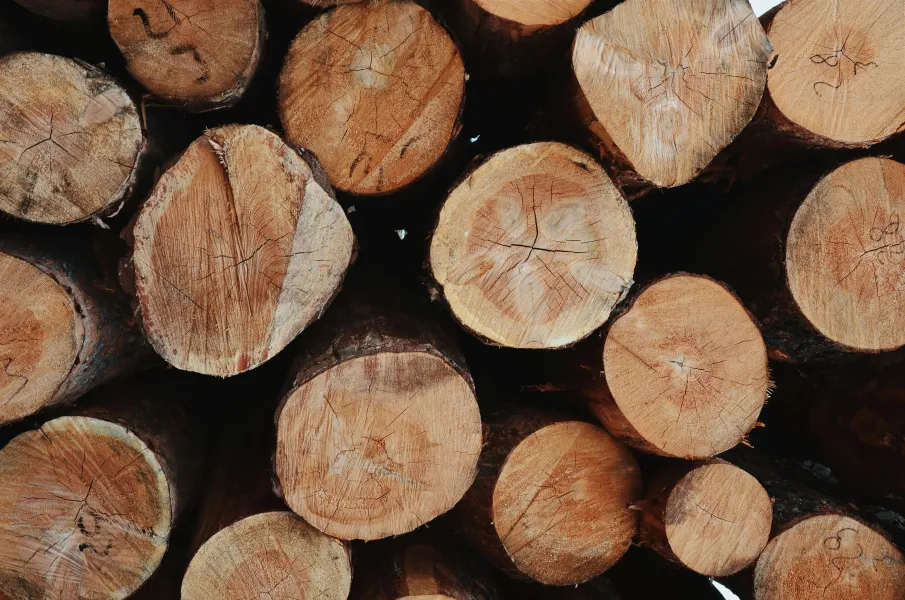
Wood species and their characteristics
All types of wood can be divided into two main categories - coniferous and hardwood. They differ markedly in performance, density and hardness, and also have different aesthetic values. In addition, depending on the type and quality of the tree, the cost of lumber also varies significantly.
The main difference between coniferous and deciduous types of wood lies in the structure of the material. The wood resin contained in conifers gives such wood resistance to moisture, rot and deformation, which makes this material preferable for construction. However, the internal texture of coniferous wood is often heterogeneous, which can negatively affect the overall strength of the wood mass.
Hardwood is mainly used for the manufacture of furniture, decorative elements and household items. The use of such types of wood in construction is rare due to economic reasons, as a rule, hardwood is much more expensive than softwood. This category includes many types of material with good physical properties and beautiful appearance. Among the variety of hardwoods, the following types are the most popular:
- Birch. Dense, light wood with a slightly pronounced textural pattern. It is easily processed and is widely used in the furniture industry. Birch does not tolerate shock and can split along the fibers. Use in construction is undesirable due to the low moisture resistance and high price of this type of material.
- Oak. Beautiful wood, often used for the manufacture of furniture and finishing materials. Due to the content of tannins, it has good resistance to bacterial action and is slightly susceptible to rotting.
- Acacia. It has very good density and hardness characteristics, which makes the processing of this type of wood difficult. Finishing materials, decorative elements and some types of tools are often made from acacia.
- Aspen. A soft, porous material with a beautiful plain surface. Such wood has a low specific gravity and is easy to process, but due to its low strength, it is most often used to create various decorative items.
- Poplar. Lightweight, inexpensive wood with high resistance to cracking. It has a low resistance to rot, which requires chemical treatment designed to increase the service life of the finished product. The upper layers of poplar are often used for the manufacture of plywood and boards, but the low strength of such wood does not allow it to be used in the creation of load-bearing structures.
- Beech. Heavy, hard wood, resistant to wear and showing high bending resistance. Appropriate chemical treatment gives such wood increased durability. It is used in the furniture industry, as well as in the manufacture of floor coverings and finishing materials. Despite the good performance characteristics, beech is almost not used in construction due to the high price.
- Walnut. The trunk of this tree has a pronounced core, which is of particular value due to its unique structure with a beautiful yellow-brown color. Walnut wood has high wear resistance and is mainly used for the manufacture of exclusive furniture or decorative veneer. Due to the high cost, walnut is practically not found in the form of construction lumber.
Various types of fruit trees can also be attributed to expensive types of wood. These rocks are mainly used in carpentry for the manufacture of furniture and decorative elements. The cost of fruit tree wood is usually significantly higher than many other species used in industry.
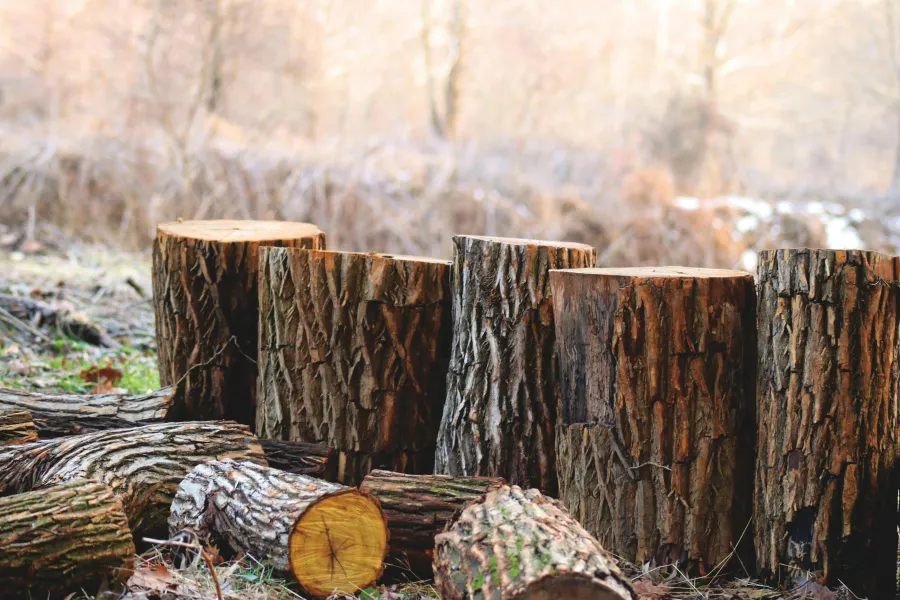
Coniferous wood has a characteristic resinous odor and high resistance to biological factors. As a rule, coniferous wood has an affordable price and is present on the market in large quantities, which is why it is in demand in construction. The only exceptions in this category are valuable species such as yew or juniper, from which decorative products or furniture are made. Coniferous tree species such as:
- Pine tree. These trees most often have a smooth and long trunk, which facilitates the harvesting of lumber. Such wood has a moderately low weight, but it is strong enough for the manufacture of load-bearing structures.
- Common spruce. In a number of parameters, it is almost identical to a pine tree, but it is somewhat more difficult to process due to the larger number of knots. Mechanical action on such wood is also difficult due to its rather high hardness.
- Larch. Wood with dense structure, excellent moisture resistance and high durability. The high resinousness of larch gives its wood natural protection from the effects of bacteria and rot. In addition, this material has a persistent natural aroma that does not fade over the years.
- Cedar. A valuable variety of coniferous wood with a beautiful cut texture and a noticeable aroma. It is used in the furniture industry and for the manufacture of decorative items.
- Fir. The quality of such wood can vary greatly depending on the growing conditions of a particular tree. In general, fir wood has low strength and is easy to process. This beautiful material does not tolerate the effects of the weather and is vulnerable to pests, which is why it is used mainly for the manufacture of interior items.
One of the key features of softwood harvesting is the drying of the material in compliance with the technology. This stage of processing is necessary to eliminate tarry streaks on the cut and resin pockets located deep in the wood mass.
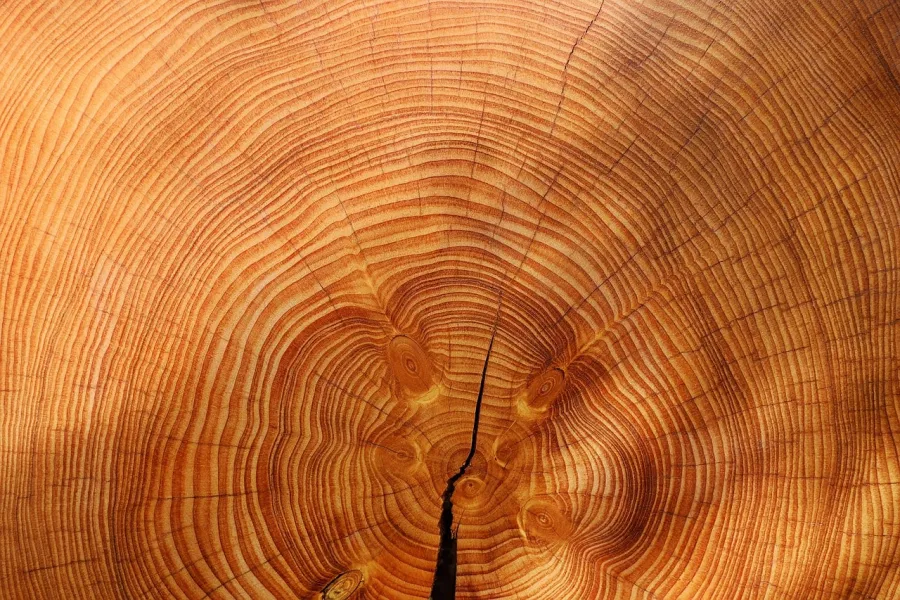
The type of wood that served as a source of lumber is not the only factor in choosing wood. The characteristics of an individual bar or board also play an important role here. In particular, attention should be paid to the bends of the wood fibers, the presence of knots and signs of biological damage. According to their characteristics, lumber is divided into grades:
- The selected variety does not have rotten and dried knots, and is also devoid of signs of damage by harmful fungi. Minor cracks or the presence of healthy knots are acceptable. This grade of material is mainly used for finishing work.
- The first grade. A small presence of fungi or mold is acceptable, not reaching the destruction of the texture of the material. The possible number of end cracks and healthy knots is increased compared to the selected variety.
- Second grade. Wood of this variety may have a certain number of resin pockets and a slight color change as a result of exposure to fungi. Such wood is often used for the manufacture of temporary structures such as formwork or scaffolding.
- The third grade. Significant tortuosity of the structure, frequent resin pockets, through cracks, wormholes and rotten knots are allowed. The third grade material is used for the construction of canopies, fences or other temporary structures that do not carry a serious load.
- The fourth grade. Such wood may have a sieve rot with a total area not exceeding 10%. In addition, wormholes are allowed, as well as longitudinal and transverse warping.
When visually inspecting the wood mass, it is worth paying attention to the density of the annual rings on the vertical section. As a rule, the closer they are placed to each other, the stronger and denser the wood. In addition, the moisture content of lumber also plays an important role. Usually, well-dried wood is more expensive, but this parameter increases during storage and operation. The optimal moisture content of the wood ready for the production process should not exceed 20-25%.
- Plywood in Tashkent in Uzbekistan - sale, production
- Wood in Tashkent, Uzbekistan - sale, production
